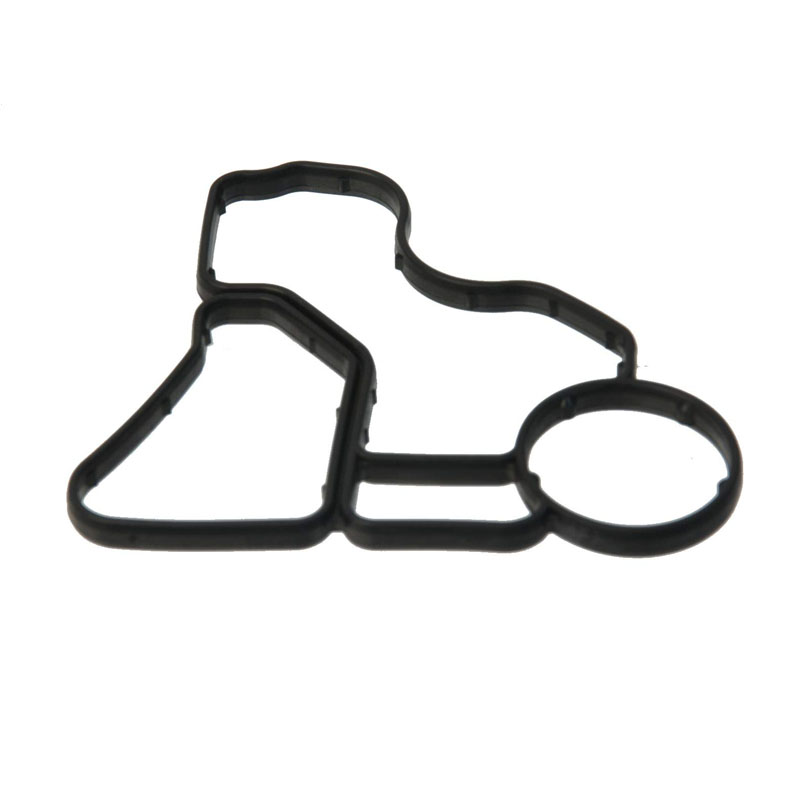Understanding the Importance of Rear Axle Seals in Vehicle Maintenance
Understanding Rear Axle Seal Importance and Maintenance
The rear axle seal is a critical component of any vehicle, often overlooked during routine maintenance checks. It serves an essential purpose in ensuring the optimal functioning of the vehicle by preventing the leakage of differential fluid and protecting the inner workings of the axle from dirt, debris, and moisture. In this article, we will delve deeper into the significance of the rear axle seal, identify common issues associated with it, and discuss regular maintenance practices.
What is a Rear Axle Seal?
The rear axle seal is a vital part of the differential assembly located at the rear of the vehicle. It is designed to provide a barrier against external elements while retaining lubricant within the axle housing. The seal is typically made from durable materials such as rubber or silicone, which allows it to withstand varying temperatures and pressures exerted during driving.
Importance of the Rear Axle Seal
1. Prevention of Fluid Leakage One of the primary functions of the rear axle seal is to prevent gear oil or differential fluid from leaking out of the differential assembly. A compromised seal can lead to significant fluid loss, which may result in inadequate lubrication and ultimately cause severe damage to the differential and drivetrain components.
2. Protection from Contaminants The rear axle seal also plays a crucial role in keeping dirt, dust, and moisture out of the axle housing. Contaminants can cause wear and tear on gears and bearings, leading to decreased performance and potential failure of the rear axle system.
3. Maintenance of Performance A healthy rear axle seal contributes to the overall efficiency and performance of a vehicle. Ensuring that the seal is in good condition helps maintain the proper functioning of the drivetrain, resulting in smoother handling and enhanced driving experience.
Common Issues with Rear Axle Seals
Over time, rear axle seals can wear out due to continual exposure to heat, pressure, and environmental factors. Here are some common issues associated with rear axle seals
rear axle seal

- Cracking and Hardening As the material of the seal ages, it may become brittle, developing cracks or hardening. This can result in fluid leakage or increased susceptibility to damage from contaminants.
- Improper Installation If a rear axle seal is not installed correctly, it can lead to premature failure. Misalignment or using the wrong size seal will compromise its ability to perform its function effectively.
- Wear and Tear Continuous operation and high mileage can cause gradual wear on the seal. This wear may lead to compromised sealing, allowing fluid to escape and dirt to enter.
Maintenance Tips
To avoid issues related to the rear axle seal, regular maintenance is essential
1. Routine Inspections Conduct visual inspections of the rear axle and differential for any signs of fluid leakage. Early detection of leaks can prevent more significant and costly issues down the road.
2. Replace as Necessary If the rear axle seal shows signs of aging or wear, it should be replaced promptly. This is often a straightforward process but may require professional assistance for proper installation.
3. Regular Fluid Checks Regularly check the differential fluid level and quality. Ensuring that the lubricant is clean and at the appropriate level will help prevent damage and prolong the lifespan of the axle assembly.
In conclusion, the rear axle seal is crucial for the health and performance of a vehicle's drivetrain. Understanding its importance, recognizing potential issues, and adhering to maintenance practices are vital steps in ensuring a long-lasting and efficient vehicle. By taking proactive measures, drivers can prevent costly repairs and enhance their driving experience.
-
Understanding the Front Main Engine Seal: Purpose, Maintenance, and Installation
News Jul.29,2025
-
Understanding O-Rings and Seal Rings: Types, Applications, and Custom Solutions
News Jul.29,2025
-
Understanding Crankshaft Oil Seals: Rear Seals, Pulley Seals, and Their Role in Engine Integrity
News Jul.29,2025
-
The Importance of Front and Rear Crankshaft Seals in Engine Performance and Oil Management
News Jul.29,2025
-
Crank Oil Seals: Functions, Types, and Cost Considerations in Engine Maintenance
News Jul.29,2025
-
A Comprehensive Guide to O-Rings and Seals: Types, Materials, and Global Applications
News Jul.29,2025
-
Mastering Diesel and Performance Engine Maintenance: A Guide to Critical Oil Gaskets
News Jul.28,2025
Products categories















